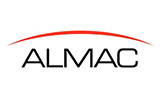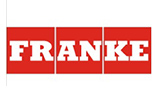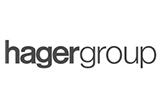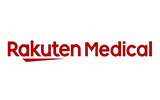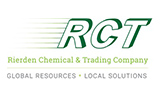
The Global Cash Management System Market is valued at approximately USD 1.50 billion in 2023 and is projected to witness an impressive compound annual growth rate (CAGR) of 13.3% from 2024 to 2032. Cash management systems (CMS) are pivotal in modern financial operations, streamlining processes such as cash flow management, liquidity tracking, and forecasting. These systems, leveraging automation, advanced analytics, and real-time processing, empower businesses to achieve greater operational efficiency and compliance in an increasingly complex financial landscape.
The growth trajectory of the cash management system market is fueled by the surge in digital transformation initiatives across industries, with businesses seeking agile and secure solutions to manage their cash flows effectively. The integration of artificial intelligence and machine learning into CMS enables predictive analytics, offering organizations enhanced foresight into financial operations. However, high implementation costs and resistance to adopting modern financial technologies among small and medium enterprises (SMEs) may act as challenges. Nevertheless, advancements in cloud-based deployments and the rising adoption of cashless payment systems globally are poised to unlock significant opportunities in the market.
Cash management systems are increasingly being implemented across diverse industries such as banking, retail, healthcare, and manufacturing. These systems support real-time visibility into cash positions, facilitating strategic decision-making and ensuring robust financial health. Moreover, the deployment of cloud-based CMS solutions is gaining traction due to their scalability, cost-effectiveness, and seamless integration with other enterprise financial systems. This trend is further reinforced by the rapid proliferation of fintech solutions and innovations aimed at enhancing user experience and operational agility.
Geographically, North America leads the cash management system market, underpinned by the strong presence of financial technology providers and high digital adoption rates across enterprises. Europe follows closely, driven by stringent regulatory requirements and the growing adoption of automated financial solutions. Meanwhile, the Asia-Pacific region is anticipated to register the fastest growth during the forecast period, attributed to the burgeoning SME sector, increased investment in financial technologies, and government initiatives promoting digital transformation in economies like China and India.
Major market players included in this report are:
Oracle Corporation
SAP SE
Fiserv, Inc.
Intuit Inc.
Kyriba Corporation
Infosys Limited
CashAnalytics
Giesecke+Devrient GmbH
The Sage Group plc
Glory Global Solutions (International) Limited
HCL Technologies Limited
NCR Corporation
Broadridge Financial Solutions, Inc.
Bottomline Technologies (DE), Inc.
Trintech, Inc.
The detailed segments and sub-segment of the market are explained below:
By Components:
Solution
Services
By Operation:
Cash Flow Forecasting
Liquidity Management
Transaction Management
By Deployment:
Cloud-Based
On-Premises
By Enterprises:
Small and Medium Enterprises (SMEs)
Large Enterprises
By End Use:
Banking, Financial Services, and Insurance (BFSI)
Retail
Manufacturing
Healthcare
Others
By Region:
North America:
U.S.
Canada
Europe:
UK
Germany
France
Spain
Italy
Rest of Europe
Asia-Pacific:
China
India
Japan
Australia
South Korea
Rest of Asia-Pacific
Latin America:
Brazil
Mexico
Middle East & Africa:
Saudi Arabia
South Africa
Rest of Middle East & Africa
Years considered for the study are as follows:
Historical Year: 2022
Base Year: 2023
Forecast Period: 2024 to 2032
Key Takeaways:
Market Estimates & Forecast for 10 years from 2022 to 2032.
Annualized revenues and regional-level analysis for each market segment.
Detailed analysis of the geographical landscape with country-level analysis of major regions.
Competitive landscape with information on major players in the market.
Analysis of key business strategies and recommendations on future market approaches.
Analysis of the competitive structure of the market.
Demand-side and supply-side analysis of the market.



